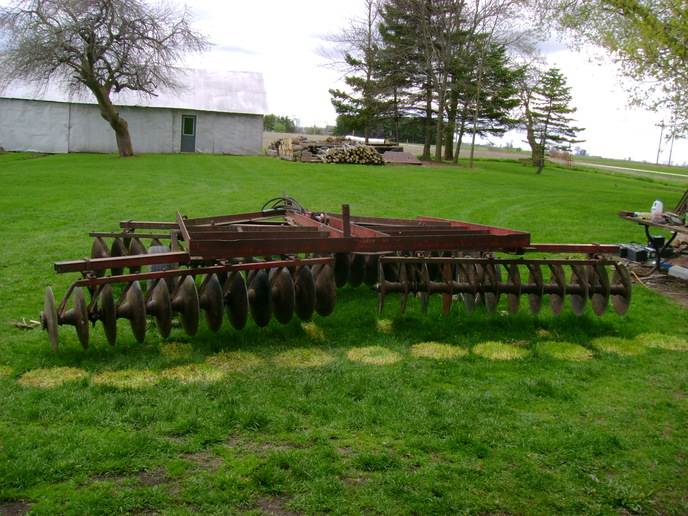Now that we've established that my disc is a model 37, 12 ft, built between 1963 and 1966, I'm ready to get rolling. Is there something like a service manual that describes disassembly and repair? Ever seen a thread where somebody documented how they did it? Any advice to offer?
I have seen a picture where somebody turned a smaller disc upside down to work on it. That would be difficult to impossible with a 12 ft and would likely break it, I think. Do you remove the gangs intact and then take them apart, or leave them where they are and pull the axel?
As you can tell fron the questions, I'm not sure where to start. Any help appreciated.
I have seen a picture where somebody turned a smaller disc upside down to work on it. That would be difficult to impossible with a 12 ft and would likely break it, I think. Do you remove the gangs intact and then take them apart, or leave them where they are and pull the axel?
As you can tell fron the questions, I'm not sure where to start. Any help appreciated.


